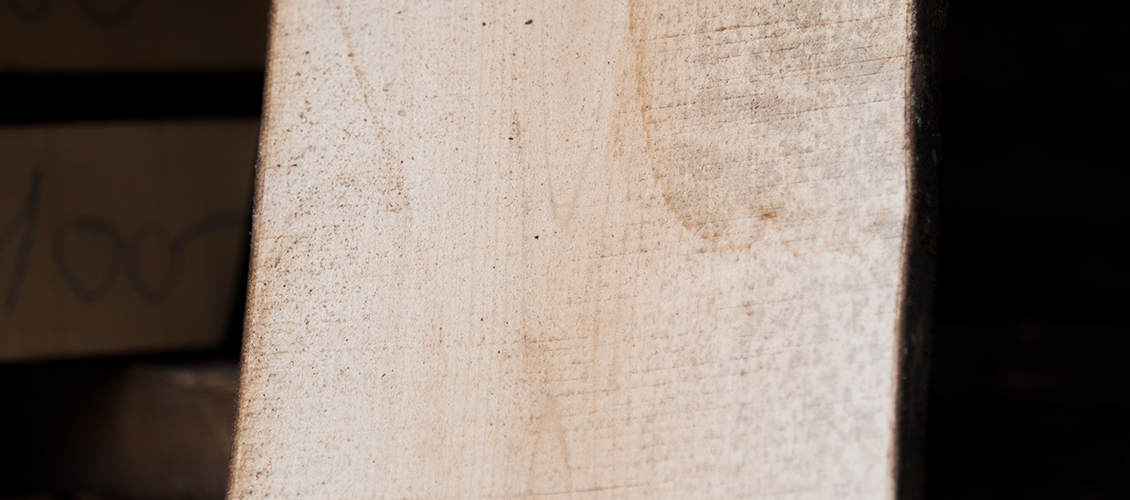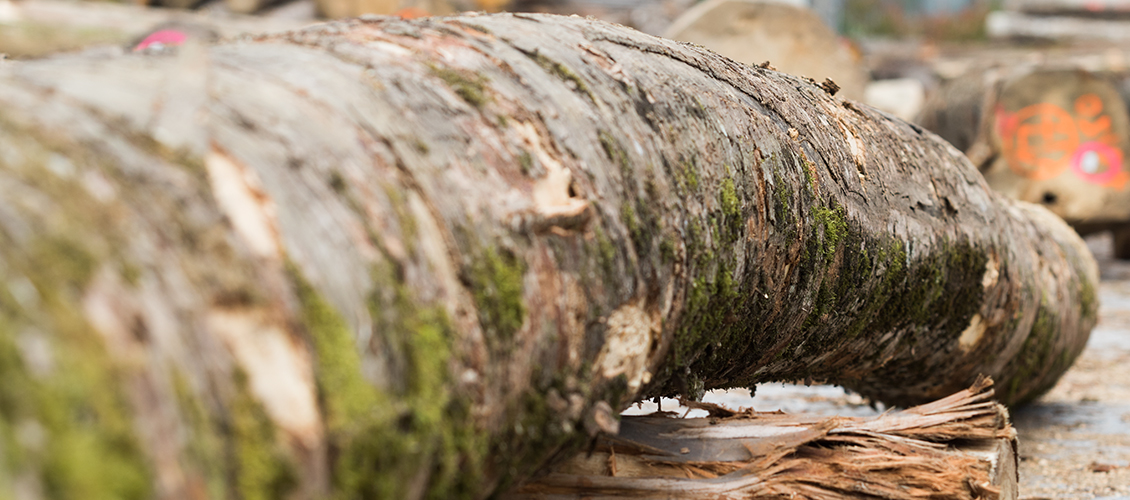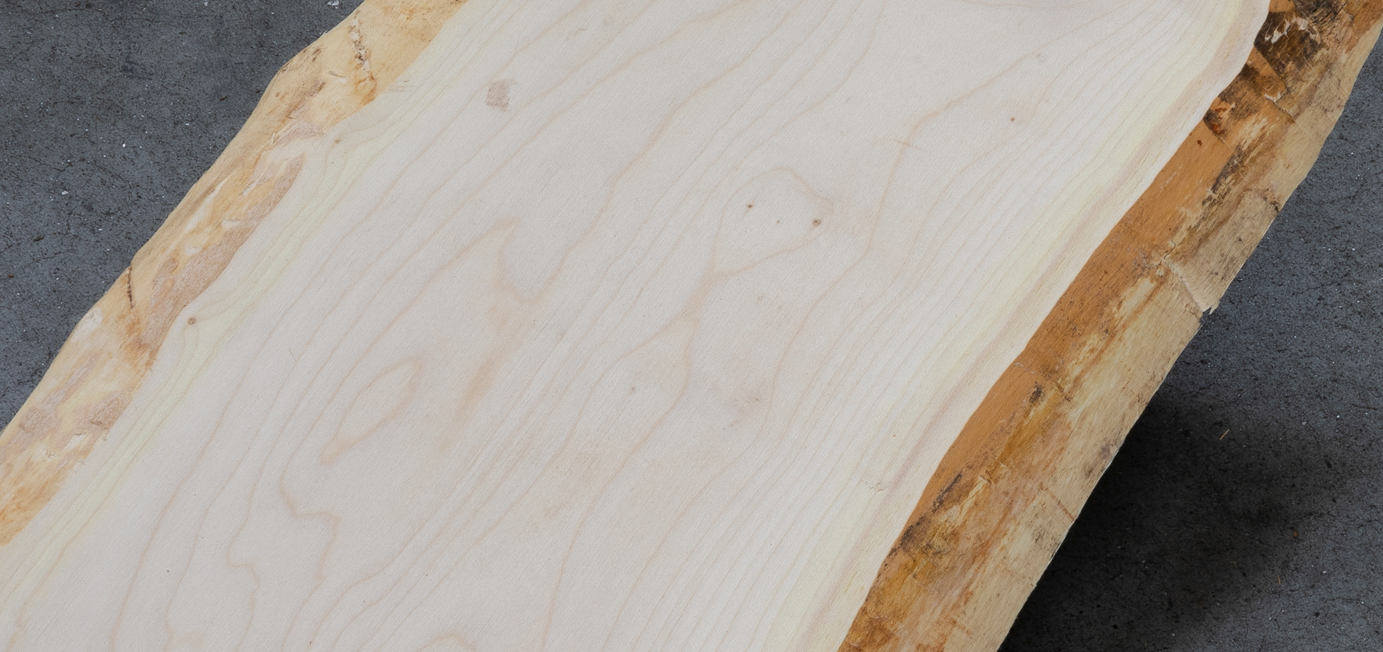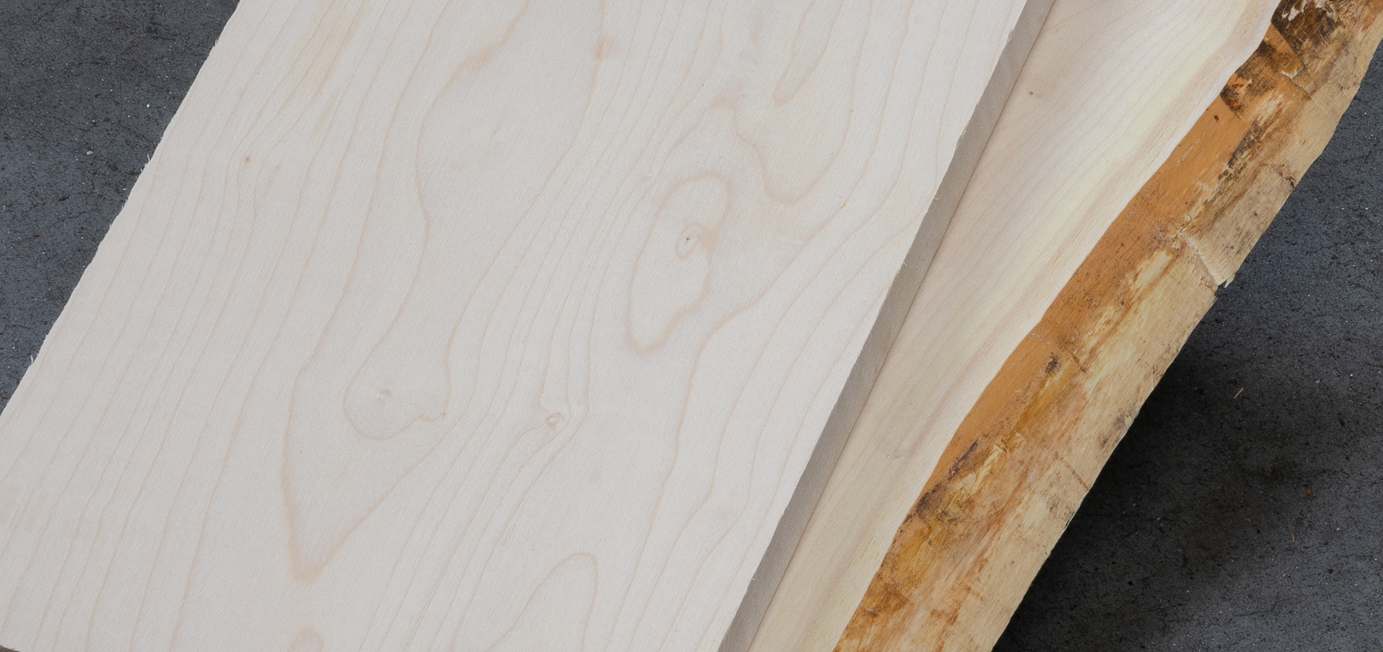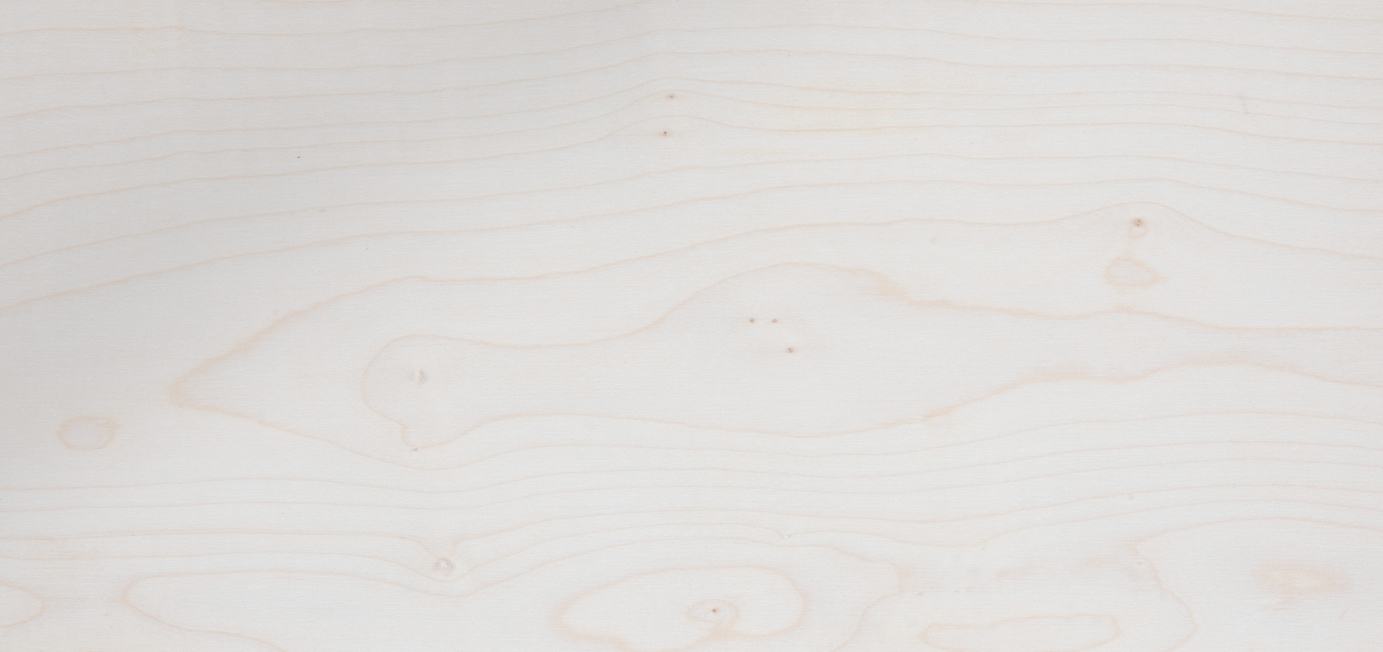Wood used for furniture and floors; interior woodwork, turned and kitchen utensils.
In many aspects sycamore wood resembles its cousin hard maple (A. Saccharum), with exceptions: the sycamore wood has layers of autumn less distinct and the wood is more lenient. Sycamore is splendid for turned wood and very useful for furniture and interior woodwork, it has a delicate flower drawing in some corners or face parts, but it is inconsistent and only evident at specific angles.
Hardness: Moderated Weight: Medium (610Kg/m3) Type: hardwoods of the temperate zone
Resistance: it folds well but it isn’t very strong
Color: Clear cream
Other names: false plane
Alternatives: Butternut (juglans cinérea) and Tulip tree (liriodendron tulipífera)
Origin: Europe
Texture: thin and uniform
Wood grain: wavy or straight
Drying and stability: Can stain if drought very slowly, acquiring a pink–brownish color. Moves moderately after assembly.
Degree of waste: Low; there isn’t much post, has few defects and even the stains may provide output possibilities.
Width of the parts: Good.
The thickness of the parts: Good.
Durability: Not very durable; subject to rot and damage caused by insects.
Main applications: furniture and floors; interior woodwork (rebuilding of doors and windows); the decorative veneers for woodwork, turned; kitchen utensils.

